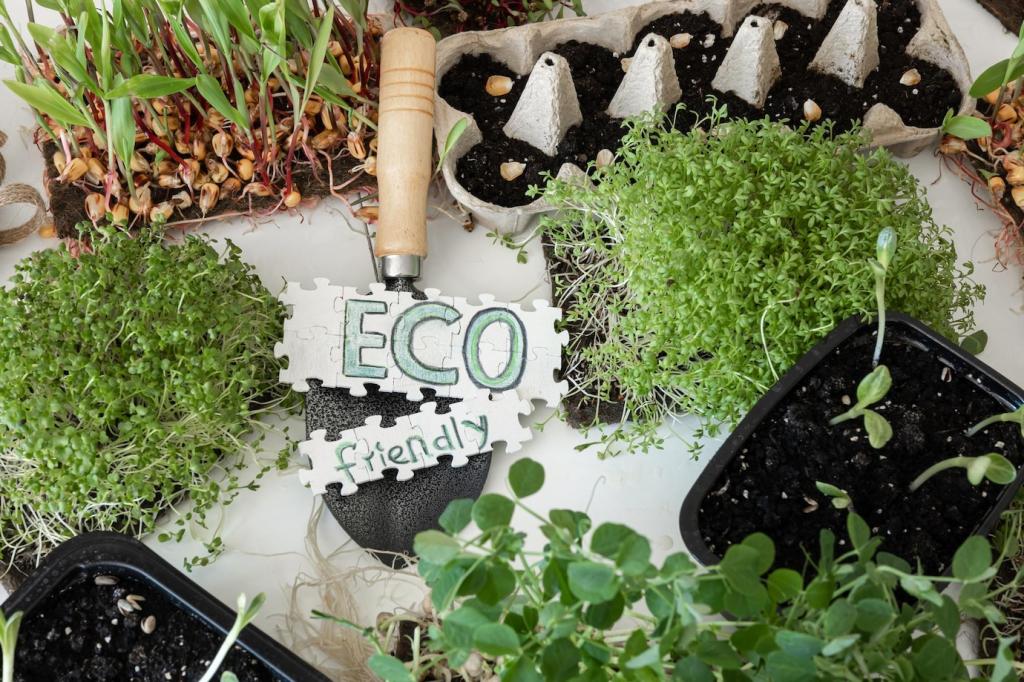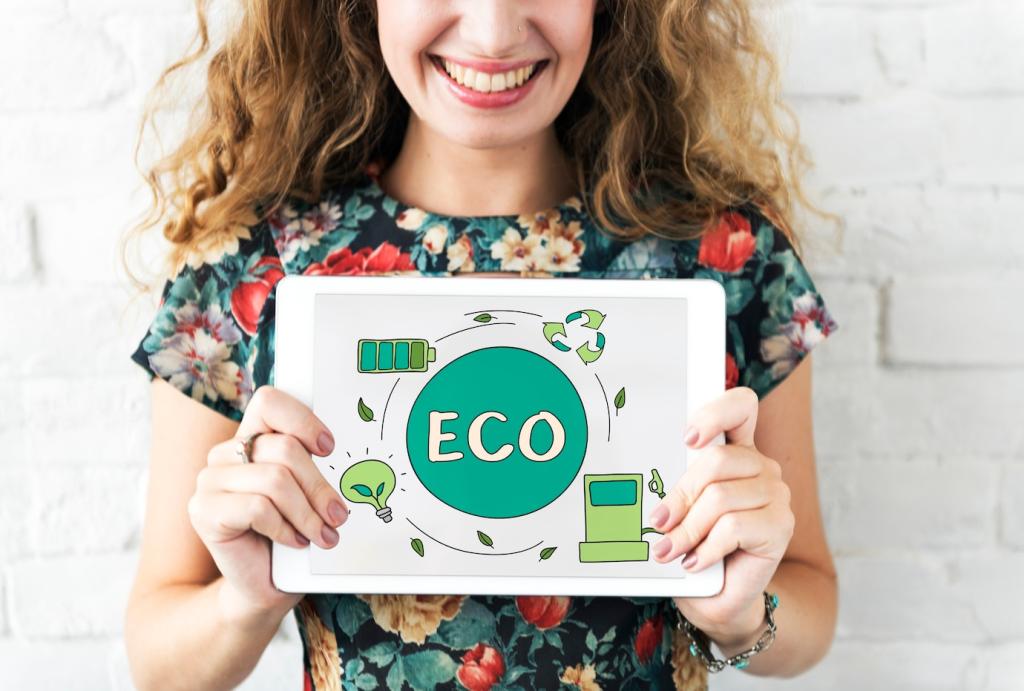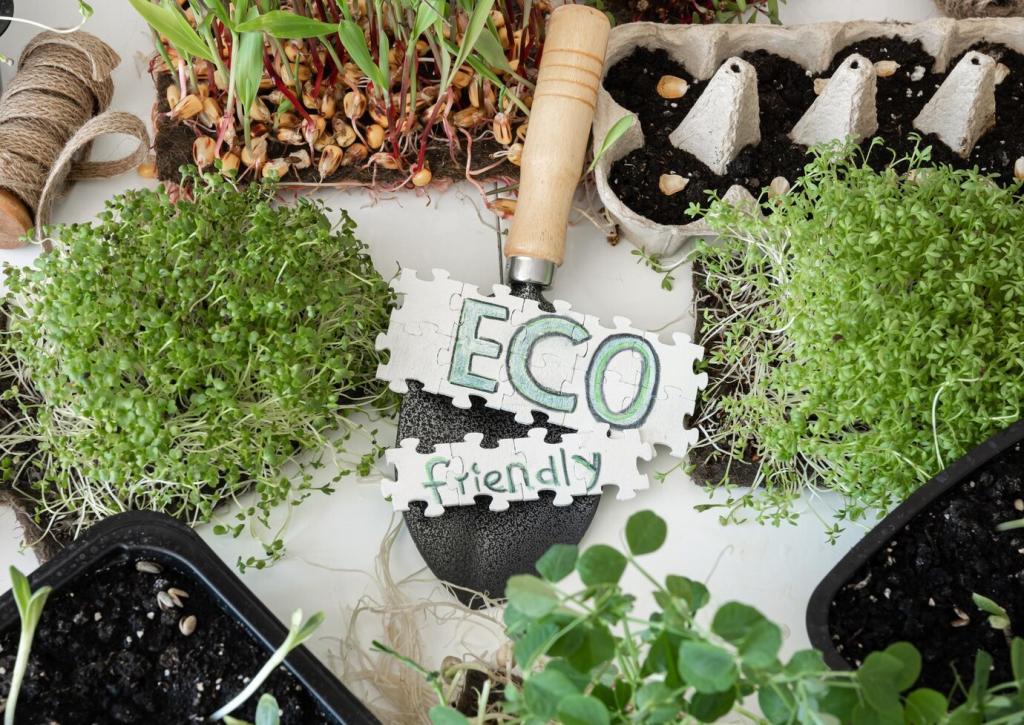Copywriting Techniques for Sustainability Brands
Know Your Eco-Conscious Audience
Move beyond age and income. Identify value clusters like thrift-driven upcyclers, climate-anxious students, or convenience-first parents. Tailor benefits and proof to each mindset. Which values drive your best customers? Tell us in the comments so we can explore fresh angles together.
Storytelling Frameworks That Move People and Planet
The Credible Hero’s Journey
Let the customer be the hero, not your product. A commuter who repairs her backpack becomes the protagonist; your lifetime-guarantee zipper is the guide. A brand we coached saw time-on-page rise 34% after this shift. Want the template? Comment “HERO” and we’ll share it.
Before–After–Bridge with Impact Math
Show a relatable before, a vivid after, and the bridge—your offer—supported by transparent numbers. “From 12 bottles tossed monthly to zero with a 60-day refill plan.” Clarity beats hyperbole. Curious about calculating honest impact? Subscribe for our quick worksheet and examples.
Moments, Not Manifestos
Micro-stories stick: the barista who said a reusable cup lid snaps perfectly, the hiker who patched a jacket mid-trail. Specificity builds credibility. Share your favorite two-sentence customer win, and we’ll feature a few in our next round-up with a link to your site.
Name the Material, Process, and Limit
Swap vague terms like “eco-friendly” for specifics: “Shell: 100% recycled nylon, dyed with dope-dye to reduce water use; trims 1% virgin due to strength.” A brand changed “plastic-free” to “99% plastic-free” and conversions rose 12% after adding the reason. Precision persuades.
Proof Points Your Reader Can Verify
Use certifications readers recognize and link to third-party audits. Visualize lifecycle stages and disclose trade-offs openly. “Certified B Corp, GRS-certified fabric, supplier audit published here.” Want a quick proof checklist? Drop a “PROOF” below, and we’ll send the one our clients love.
Plain-English Science Without Dumbing Down
Translate terms like biodegradable, compostable, and recyclable with conditions, timelines, and facilities required. Avoid absolutes; explain contexts. If your packaging needs industrial composting, say so. Readers reward honesty. Have a tricky label? Reply with it—we’ll suggest a clearer line in our newsletter.
Calls to Action That Respect the Reader

Break actions into doable pieces: “Start with one room,” “Refill your most-used soap first,” “Repair one seam today.” Small wins create momentum and retention. Share your best micro-CTA, and we’ll compile community favorites into a downloadable swipe file for subscribers.
Channel-Specific Sustainable Copy
Front-load the proof: materials, durability tests, repair options, and end-of-life paths. Add a bold “What It’s Not” section to preempt doubts. A refill brand cut returns by 15% with one honest paragraph. Want our product-page checklist? Subscribe and we’ll send it Wednesday.
Channel-Specific Sustainable Copy
Keep them tight, true, and testable: “Refill in 60 seconds,” “Patch kit included,” “Compostable? Here’s where.” One six-word line beat the control by 22% because it promised—and delivered—clarity. Share your top performer and we’ll analyze it live next week.
Channel-Specific Sustainable Copy
Teach one practical action per post: rinse-and-return tutorials, repair reels, ingredient spotlights. Saveable content compounds brand equity. Close with a gentle ask: “Try it once and tell us how it went.” Tag us with your best how-to—we’ll reshare standout entries.

Intent Over Keywords
Map search intent: informational (“what is PFA-free?”), evaluative (“best reusable bottle for kids”), transactional (“buy compostable mailers small biz”). Write pages that resolve each intent completely. Want our intent map template? Reply “INTENT” and we’ll send the editable sheet.
Topic Clusters That Educate
Anchor with a pillar like “How Refills Work,” then link to care, cost math, and local refill map posts. One store earned featured snippets by answering tough questions honestly. Tell us your core pillar, and we’ll suggest three supporting posts in the next newsletter.
Schema, FAQs, and Accessibility
Add Product, FAQ, and HowTo schema to surface steps, materials, and certifications. Write alt text that explains eco benefits succinctly. Honest FAQs reduce support tickets and bounce. Need schema examples? Subscribe—our next issue includes paste-ready snippets and testing tips.

List approved terms, banned buzzwords, and definitions with context. Replace “planet-friendly” with verifiable alternatives. Update quarterly with product and policy changes. What’s one term you’re unsure about? Drop it below, and we’ll help craft a clearer, stronger alternative.

Define promise, pillars, and proof points, then map them to user journeys. If you claim durability, show repair stats and warranty terms. Want a one-page template you can share across teams? Comment “MAP,” and we’ll send our favorite example.

Own issues fast: say what happened, what you know, what you’re doing, and when you’ll update. One supplier delay message with timelines and alternatives preserved 92% preorders. Want the outline and phrase bank? Subscribe and we’ll include it in next week’s toolkit.
